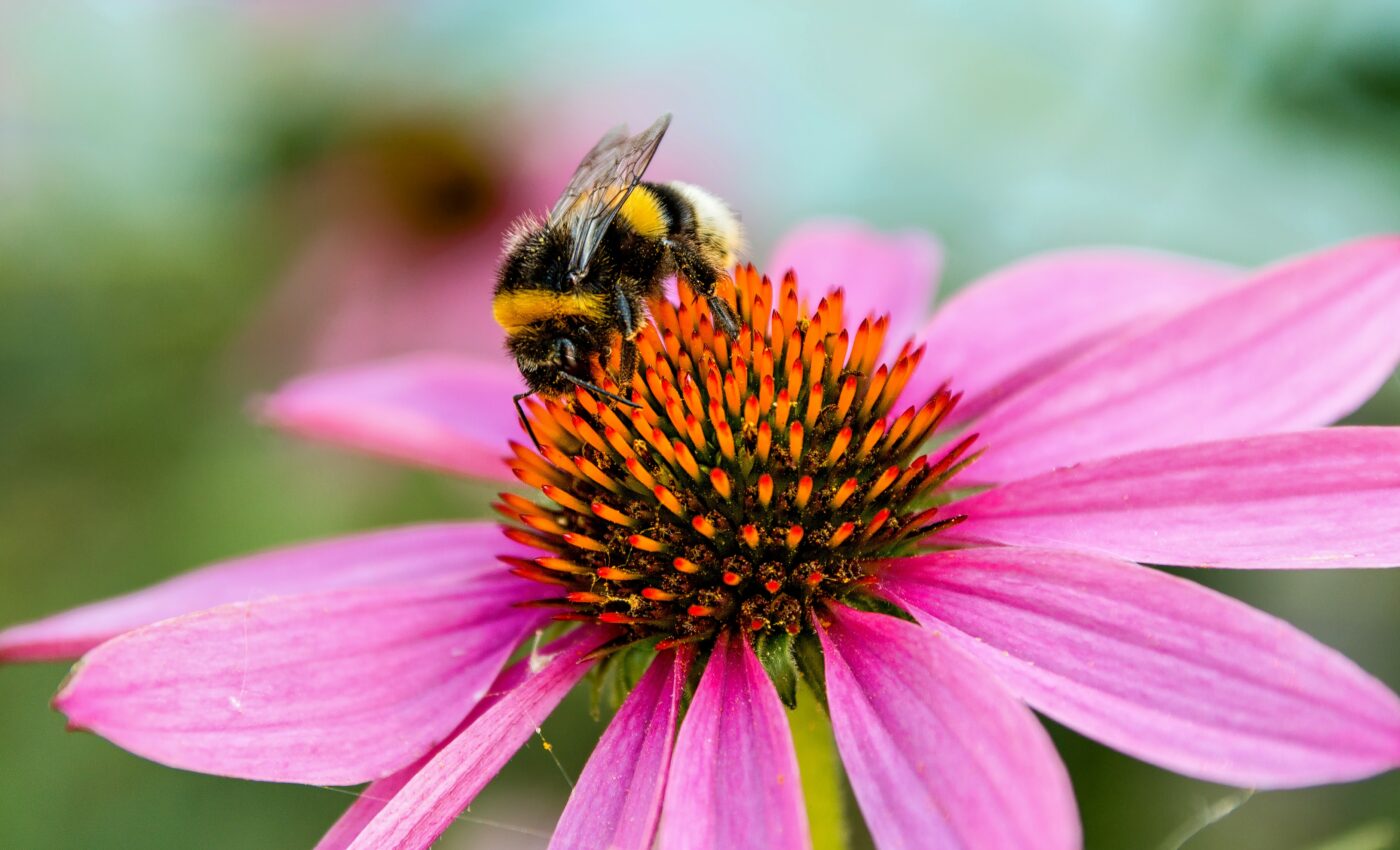
"Virtual safe space" could help save bees
From predicting the weather to analyzing medical data, artificial intelligence and various predictive computer models help us understand and anticipate the way the world works. Now, a new tool developed by ecologists at the University of Exeter will empower conservationists and land managers to help some of the world’s most important pollinators – bees.
The new decision-support tool is called BEE-STEWARD, and it simulates the behavior of bee colonies in the presence of different habitats and management strategies. “This provides a virtual safe space to test out different bee-friendly management options. It’s a free, user-friendly tool and we have worked with land managers and wildlife groups on the ground to create it together,” explained study first author Dr. Grace Twiston-Davies.
Bees are intrinsically important for what they contribute to our planet’s biodiversity, but they are also of economic interest to farmers.
“We know that pollinator decline is a really big problem for crops and also for wildflowers,” said Dr. Twiston-Davies. Because land management is so complex and bee colonies are so dynamic, testing out different conservation strategies in the real world is a practical challenge. Using BEE-STEWARD, a “virtual safe-space” is created where the only bees in danger are digital ones.
Previously, scientists had used more technical programs to assist with this issue, such as BEESCOUT and Bumble-BEEHAVE. However, these tools were less than user-friendly.
“We have worked with researchers and land owners who have been using the model and have given us valuable feedback so we could improve our models further,” said study co-author Dr Matthias Beecher.
BEE-STEWARD has already seen a warm reception by the Bumblebee Conservation Trust, a United Kingdom organization dedicated to preserving bumblebees and their habitats. Dr Richard Comfort is the Trust’s science manager.
“’The Bee-Steward model will be fantastic for conservation planning – it lets us time-travel to see the long-term results of changing management and compare all the possible options to see which one will work out best for bumblebees,” said Dr. Comfort.
The research is published in the journal Methods in Ecology and Evolution.
–—
By Alex Ruger, Earth.com Staff Writer













